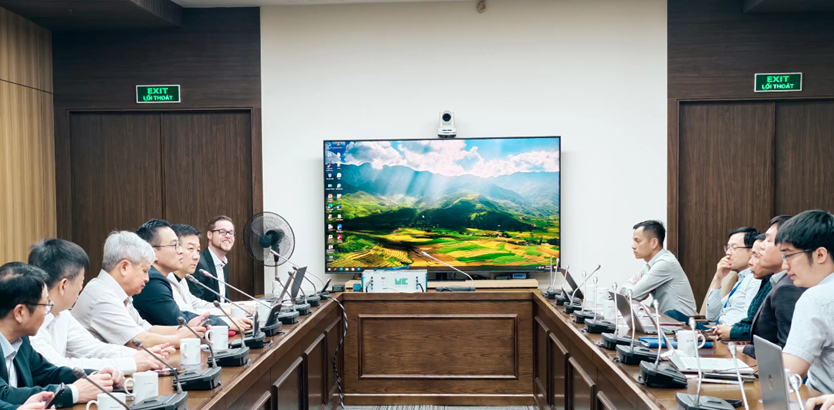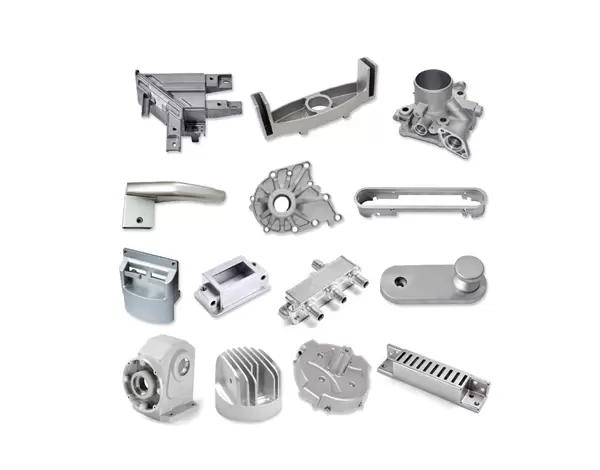Camping is a cherished outdoor activity that allows us to connect with nature, escape the hustle and bustle of daily life, and create lasting memories. However, one of the most significant challenges campers face is keeping their tents cool during hot weather. A tent can quickly turn into an oven under the scorching sun, making your camping experience uncomfortable and even unsafe. In this article, we will explore advanced strategies to prevent your tent from overheating, ensuring a pleasant and enjoyable camping experience.
Understanding the Heat Dynamics of a Tent
Before diving into solutions, it’s essential to understand how heat accumulates in a tent. Tents are typically made from materials that can trap heat, especially when exposed to direct sunlight. The greenhouse effect occurs when sunlight enters the tent but cannot escape, leading to a rapid increase in temperature. Additionally, factors such as tent color, ventilation, and location play crucial roles in how hot your tent can get.
- Choose the Right Tent Material
The material of your tent significantly influences its ability to reflect or absorb heat. Opt for tents made from reflective materials or those with a higher UV resistance rating. Light-colored tents are preferable as they reflect sunlight better than darker colors, which tend to absorb heat. Some manufacturers even offer tents with specialized coatings designed to minimize heat absorption.
- Strategic Tent Placement
The location of your tent can make a world of difference in temperature control. Here are some tips for optimal placement:
- Shade is Key: Set up your tent in a shaded area, if possible. Look for natural shade from trees or large rocks. Avoid placing your tent in direct sunlight, especially during peak hours (10 AM to 4 PM).
- Wind Direction: Position your tent to take advantage of natural breezes. This can help with ventilation and cooling. Ensure that the tent’s entrance faces the wind to promote airflow.
- Enhance Ventilation
Proper ventilation is crucial for keeping your tent cool. Here are some effective ways to improve airflow:
- Open Windows and Vents: Most tents come with built-in windows and vents. Keep these open to allow hot air to escape and cooler air to enter.
- Use a Fan: Battery-operated fans can be a game-changer. Position a fan near the entrance to circulate air within the tent.
- Create Cross-Ventilation: If your tent has multiple openings, create cross-ventilation by opening windows on opposite sides. This allows cooler air to flow through while pushing hot air out.
- Utilize Reflective Tarps and Canopies
Using reflective tarps or canopies can significantly reduce the amount of direct sunlight hitting your tent. Here’s how to implement this strategy:
- Set Up a Tarp: Hang a reflective tarp above your tent to create a barrier against the sun. Ensure it is elevated to allow airflow underneath.
- Use a Canopy: If you have extra space, consider setting up a canopy or awning. This not only provides shade but also creates a cooler area for lounging outside your tent.
- Insulation Techniques
Insulating your tent can help regulate temperature. Here are some methods to consider:
- Ground Insulation: Use an insulated sleeping pad or a reflective emergency blanket under your sleeping bag. This can help keep the heat from the ground from radiating into your tent.
- Reflective Blankets: Hang reflective emergency blankets inside your tent. These can help reflect heat away from the interior, keeping the space cooler.
- Hydration and Cooling Accessories
Staying hydrated is vital in hot weather, but there are additional accessories that can help keep you cool:
- Cooling Towels: These towels can be soaked in water and draped around your neck or over your head to provide instant relief from the heat.
- Portable Mist Fans: Consider investing in a portable misting fan. These devices can create a cooling mist that lowers the temperature around your tent.
Conclusion
Camping in hot weather doesn’t have to be an uncomfortable experience. By implementing these expert strategies, you can effectively stop your tent from getting too hot, ensuring a pleasant and safe environment for you and your fellow campers. Remember, preparation is key—choose the right materials, strategically place your tent, enhance ventilation, and utilize cooling accessories to beat the heat. With these tips in hand, you can focus on enjoying the great outdoors without the discomfort of an overheated tent. Happy camping!









+ There are no comments
Add yours